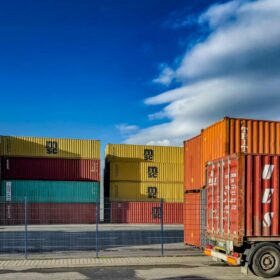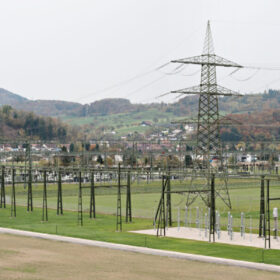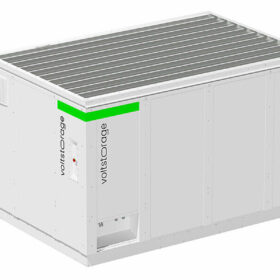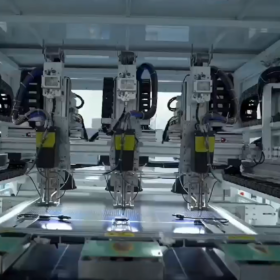Biwatt launches commercial sodium-ion energy storage product
Biwatt has unveiled a 155 kWh sodium-ion battery energy storage system (BESS) for commercial and industrial (C&I) customers.
German wholesalers hit by six-figure losses from new solar module scam
Suspected fraudsters are using false identities to claim they are interested in solar modules. The wholesalers typically respond by delivering the requested products, but the scammers never actually pay for their orders. These are not isolated cases, as a clear pattern has emerged.
Switzerland to host world’s largest redox flow storage project
Flexbase plans to build a 500 MW redox flow storage project in Laufenburg in early 2025.
AP Systems presents single-phase hybrid inverter for balcony photovoltaics
Until now, balcony inverters were mostly simple micro inverters, with batteries integrated via MC4 connectors. A hybrid inverter should improve this situation.
Commercial perovskite solar modules at SNEC 2024 trade show
China’s Utmo Light showcased its first full perovskite PV module at this week’s SNEC PV trade fair in Shanghai, underscoring the technology’s ongoing shift toward commercialization.
CATL presents EV battery with 1,000 km range
Contemporary Amperex Technology Co. (CATL) has shown its latest lithium iron phosphate (LFP) battery at an auto show in Beijing. The Chinese company says it has an energy density of 205 Wh per kg, almost 8% higher than the current state of the art for such batteries.
Standard Energy unveils vanadium-ion battery with 1% degradation
Vanadium offers unique characteristics as a battery material, as it can shed electrons without shifting from its ionic state, ensuring high cycling stability. South Korea’s Standard Energy has developed a battery with just 1% degradation after 20,000 cycles. The company has already completed 10 MWh of projects in its home market and now aims to expand internationally.
German decommissioned nuclear plant to become 800 MW/1,600 MWh battery
PreussenElektra has revealed plans to potentially develop Europe’s largest battery storage facility at the decommissioned Brokdorf nuclear power plant site in Germany, with 800 MW/1,600 MWh of capacity. The site operator now needs to secure approval to dismantle the nuclear plant.
VoltStorage unveils vanadium redox flow battery for commercial use
Germany’s VoltStorage says its containerized 50 kWh vanadium redox flow battery solution can be scaled up to 500 kWh.
From diesel to DC
For a long while, it looked as if hydrogen fuel cells would be the technology of choice for emissions-free road transport. However, truck manufacturers and freight forwarders recently turned their attention to battery-electric vehicles. This will require special charging technology and PV looks set to play an important role.
















